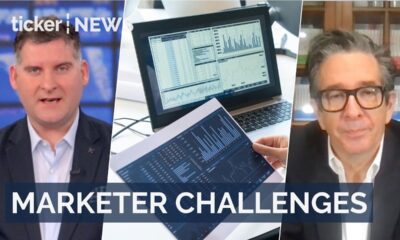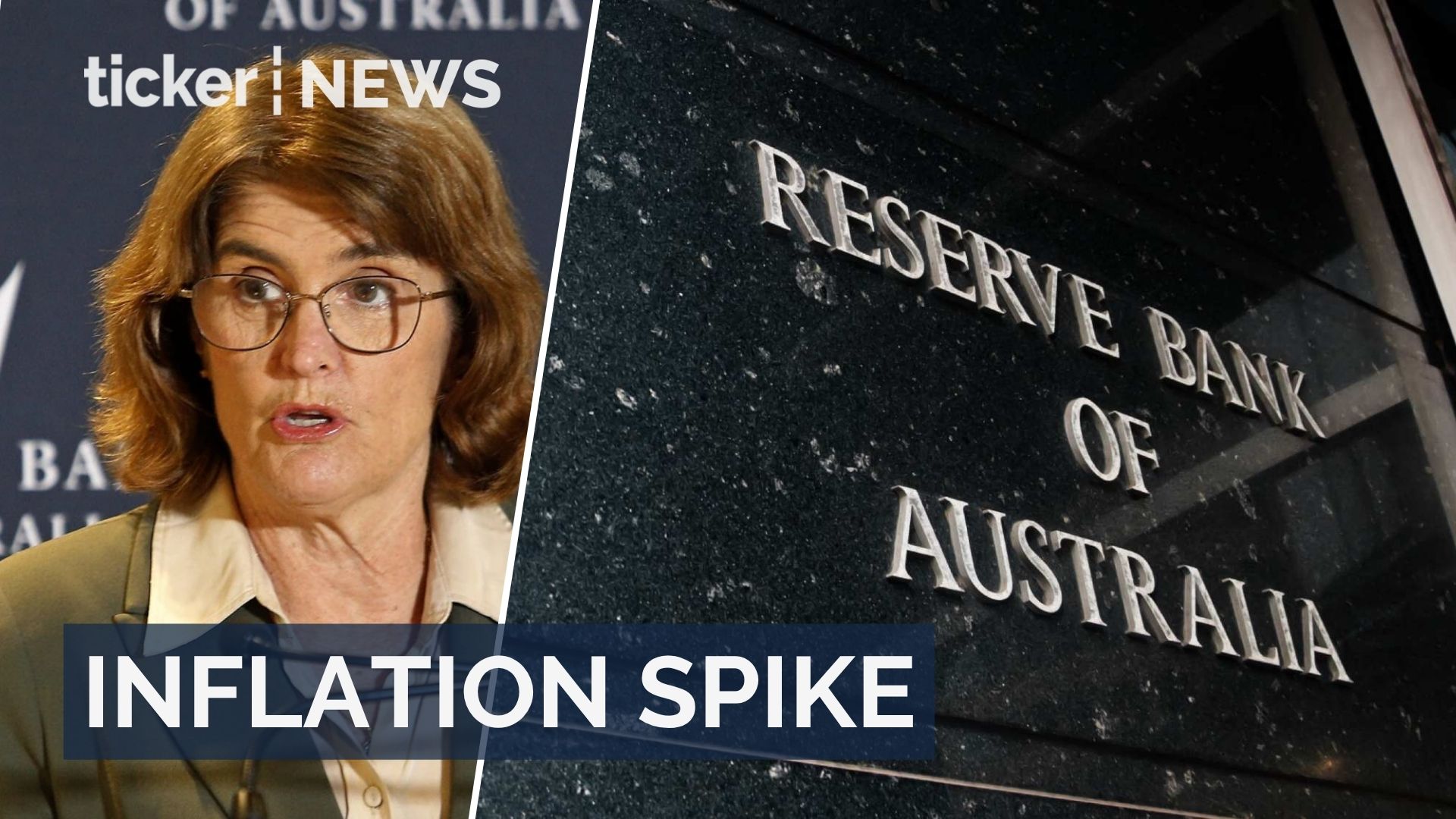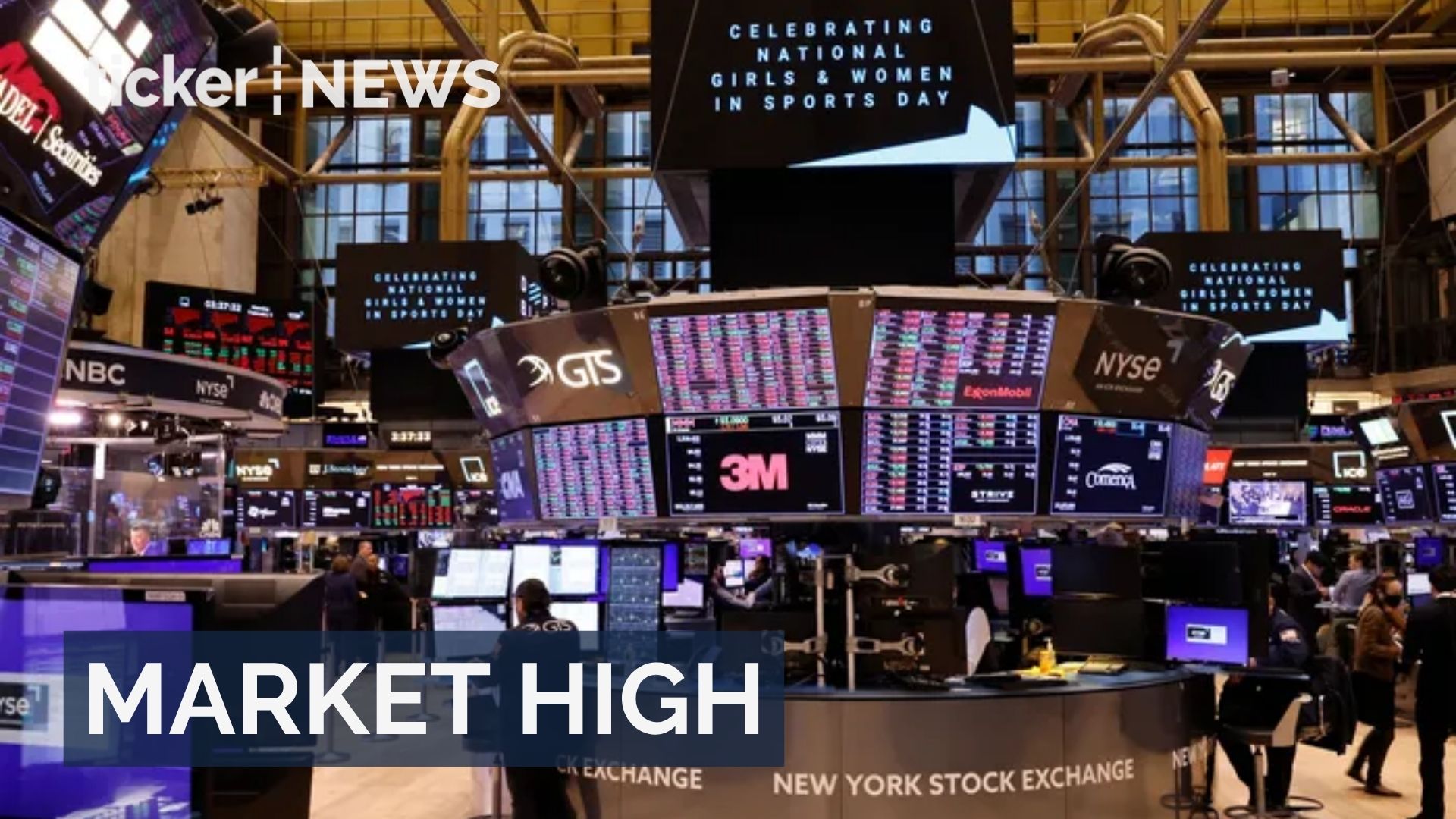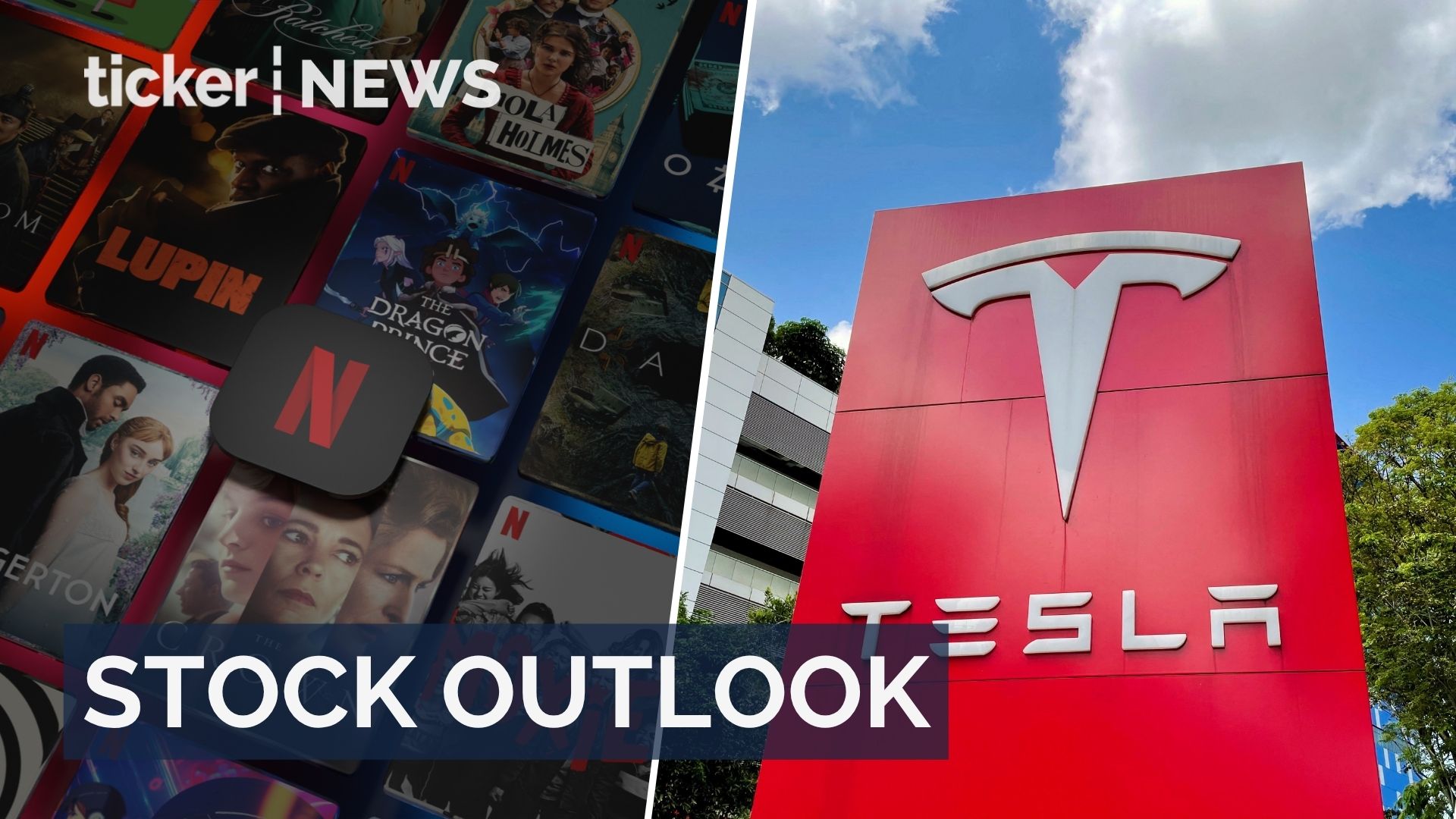Money
Australia’s productivity gap widens compares to the U.S.


Money
Inflation rise reduces chances of Reserve Bank rate cut
Inflation spikes, drastically reducing chances of a Reserve Bank rate cut amid economic pressures and rising costs
Money
Wall Street hits record highs on low inflation
Wall Street hits record highs on cool inflation and strong earnings ahead of key Federal Reserve interest rate decision
Money
US stocks face tests from Tesla, Netflix earnings
US markets brace for Tesla and Netflix earnings amid rising volatility and delayed inflation data
-



 News3 days ago
News3 days agoBitcoin tops $110K as South Korea reforms crypto rules
-



 News2 days ago
News2 days agoOil prices drop amid OPEC+ output increase plans
-



 Shows3 days ago
Shows3 days agoImprovement districts transforming cities: lessons from London
-



 Ticker Views3 days ago
Ticker Views3 days agoWere you on Facebook 10 years ago? You may be able to claim part of this $50 million payout
-



 News3 days ago
News3 days agoRussia test-launches nuclear-powered Burevestnik cruise missile
-



 Money4 days ago
Money4 days agoWall Street hits record highs on low inflation
-



 News3 days ago
News3 days agoTrump meets Xi and Albanese at ASEAN Summit
-



 News2 days ago
News2 days agoMarketers struggle to find right creative partners










